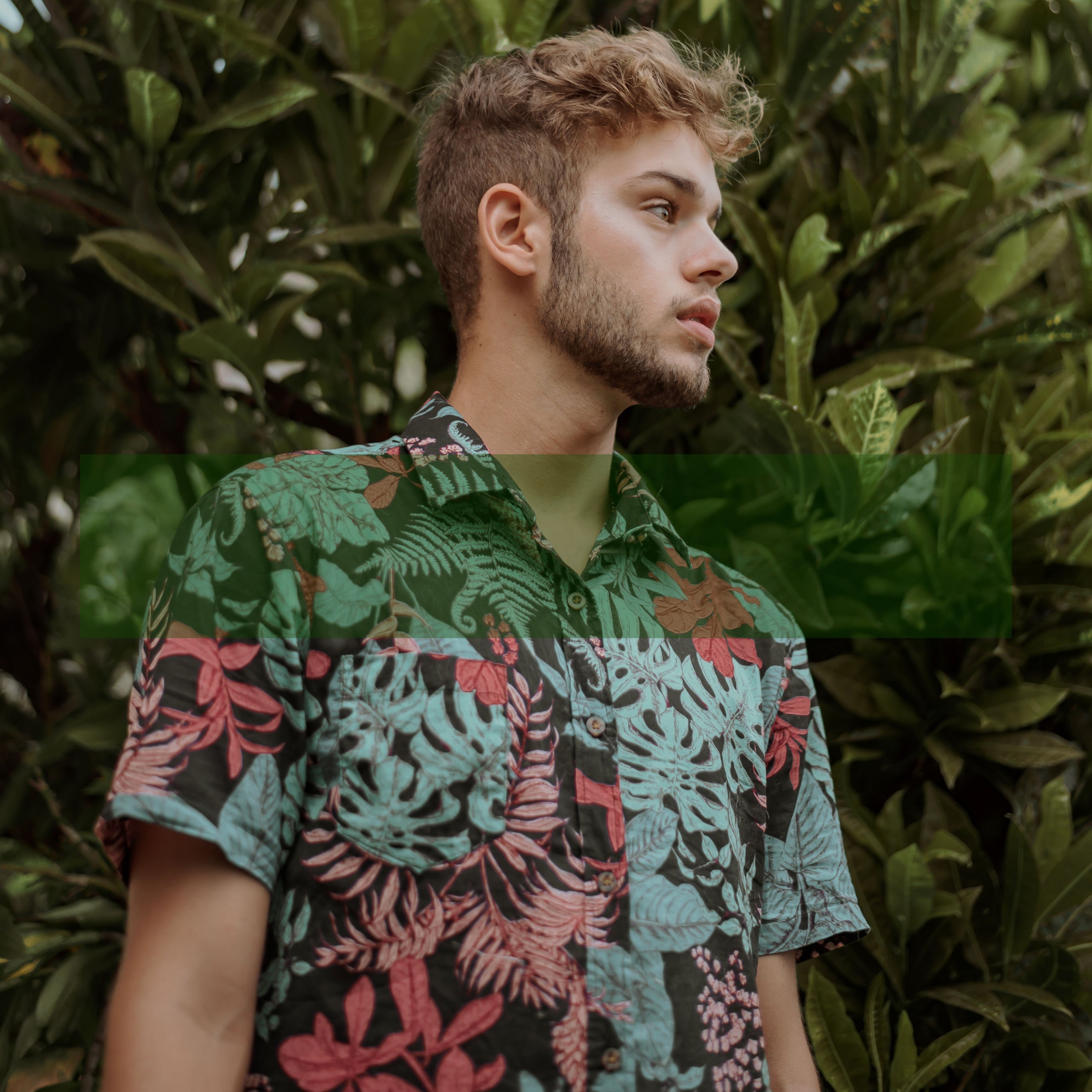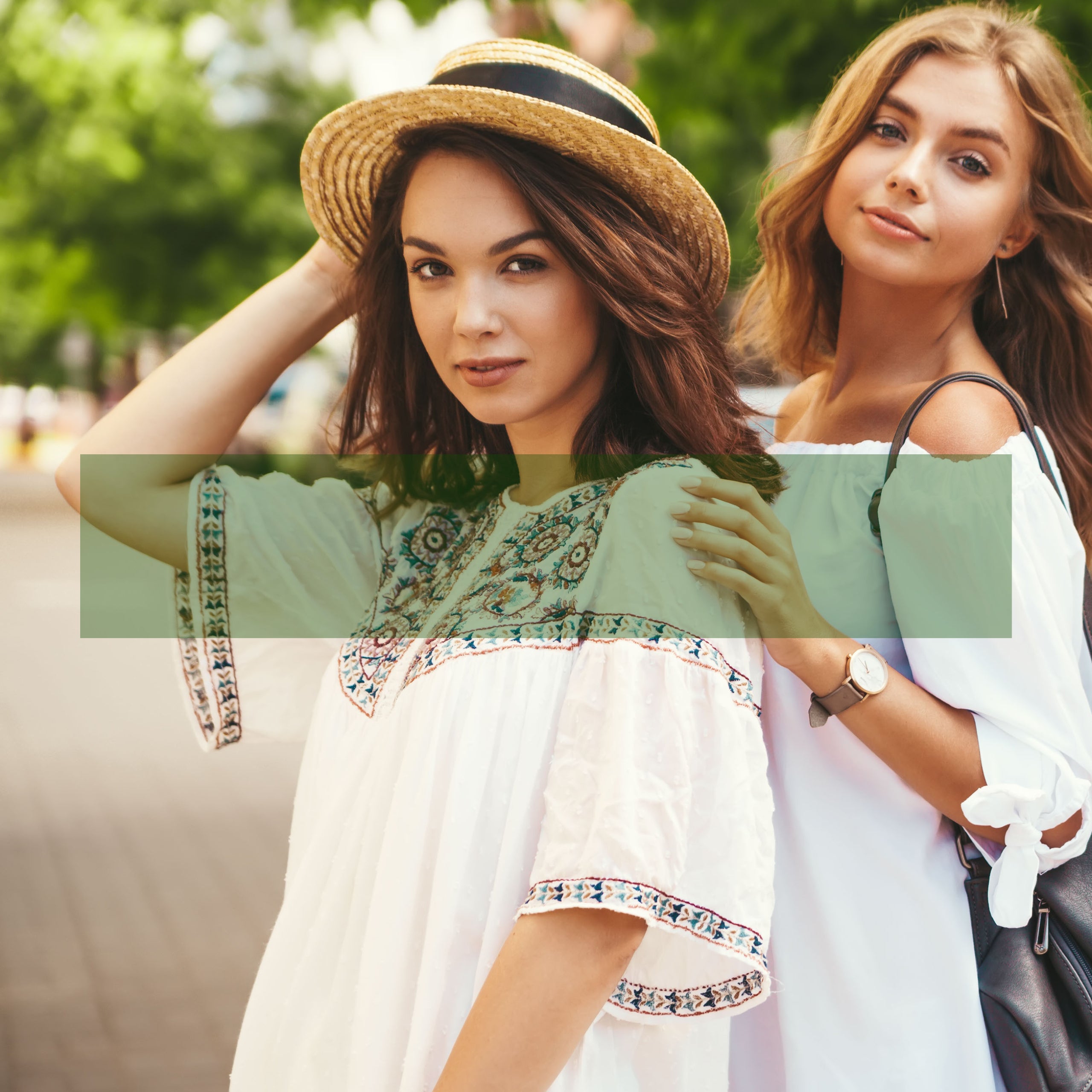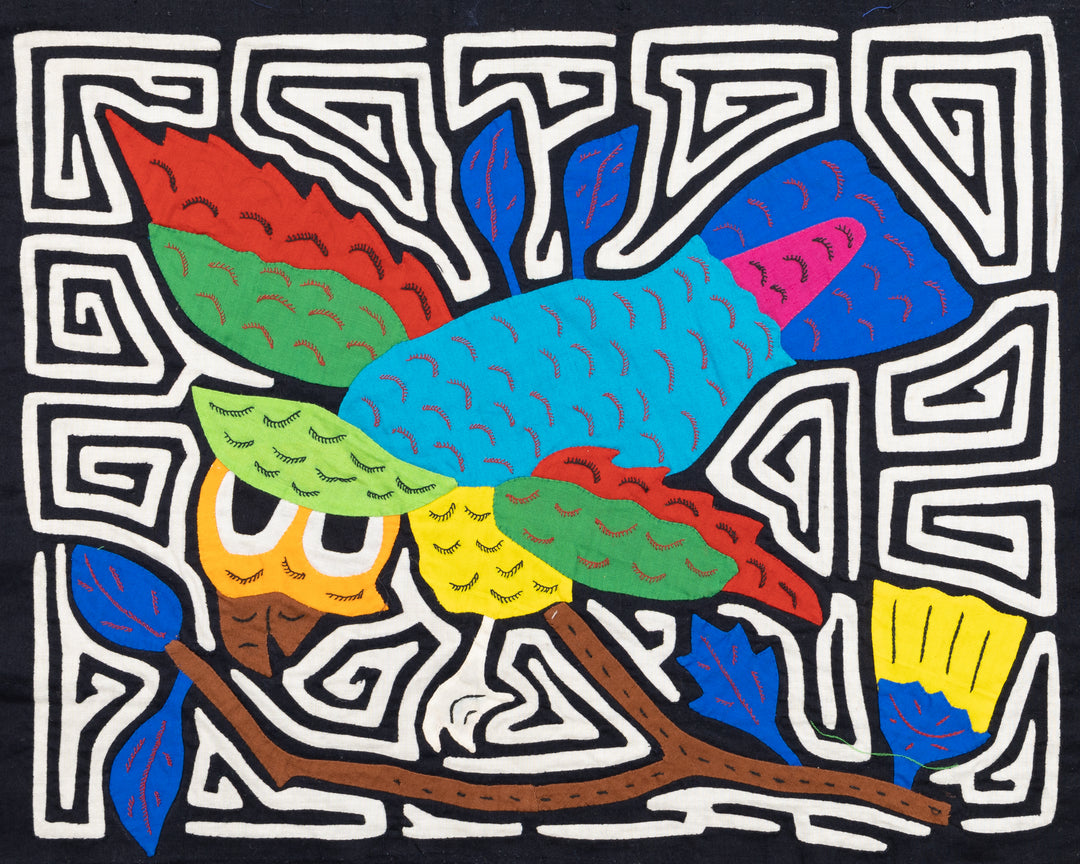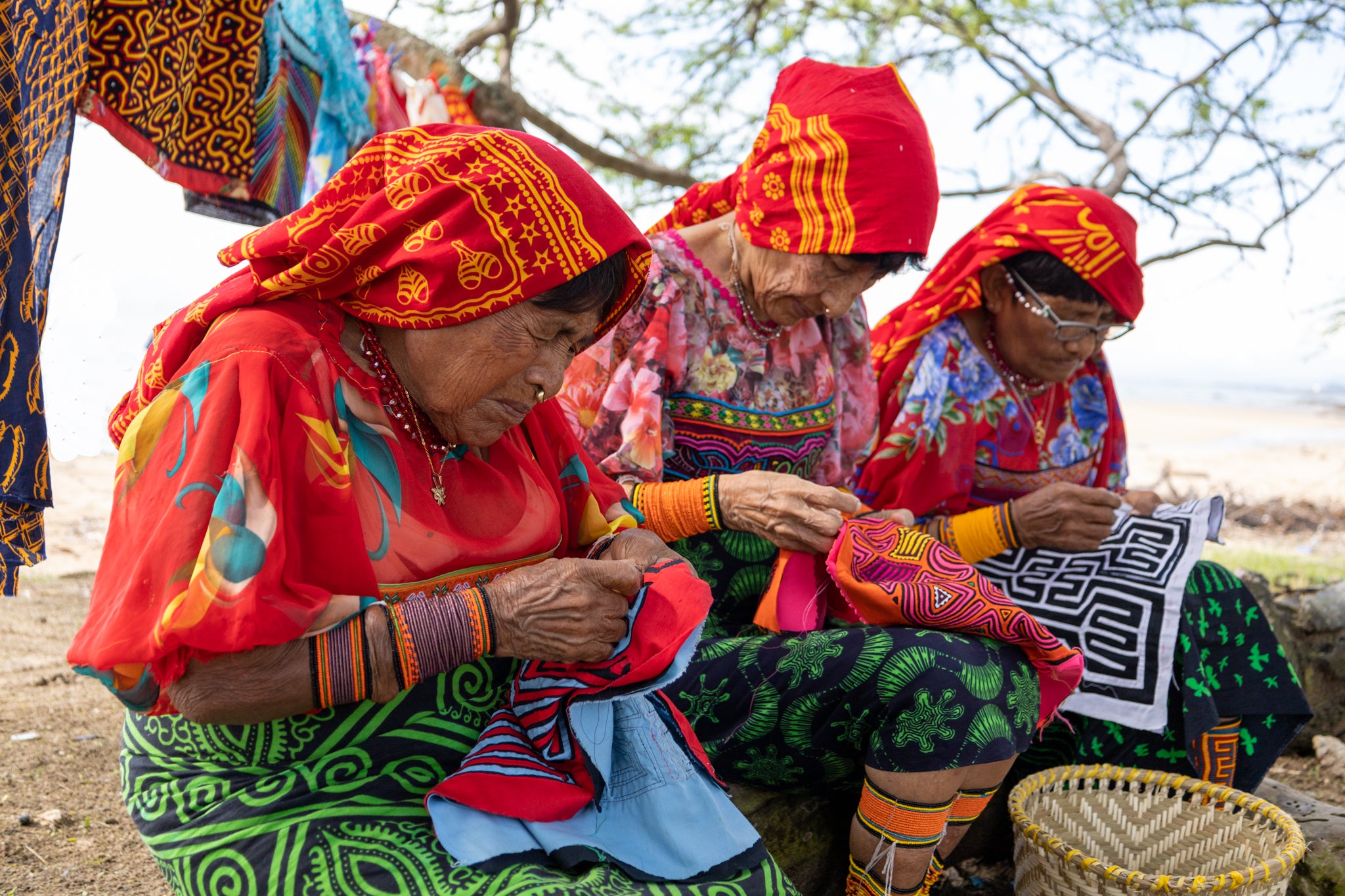
Fair Trade
Made in Panama
by talented artisans, supporting local communities and preserving their rich cultural heritage
Creating a Mola
starts with layering colorful
cotton fabrics and cutting intricate patterns, revealing the colors underneath.
Guna artisans then use appliqué and reverse appliqué techniques, often adding
detailed embroidery to produce a stunning, unique piece of textile art.
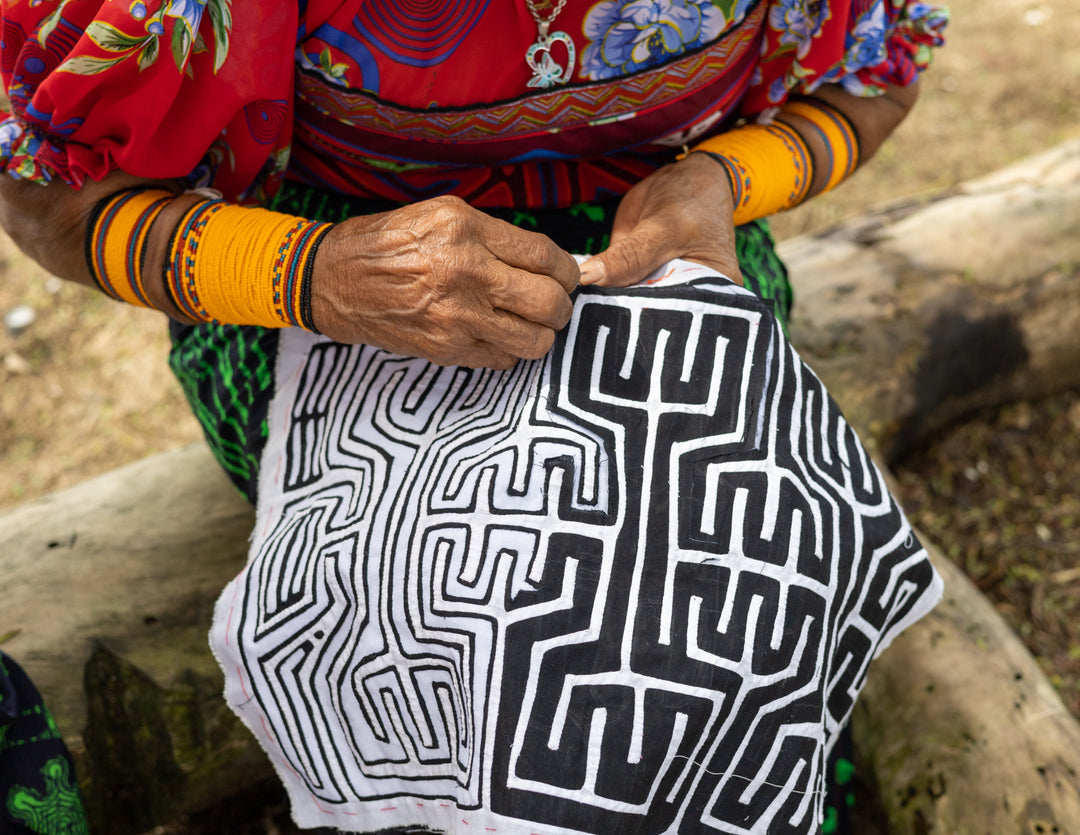
meaning behind the designs
Animals
Molas often feature depictions of animals, such as birds, fish, and
turtles. These designs may be realistic or abstract, and can include multiple animals in a single mola.
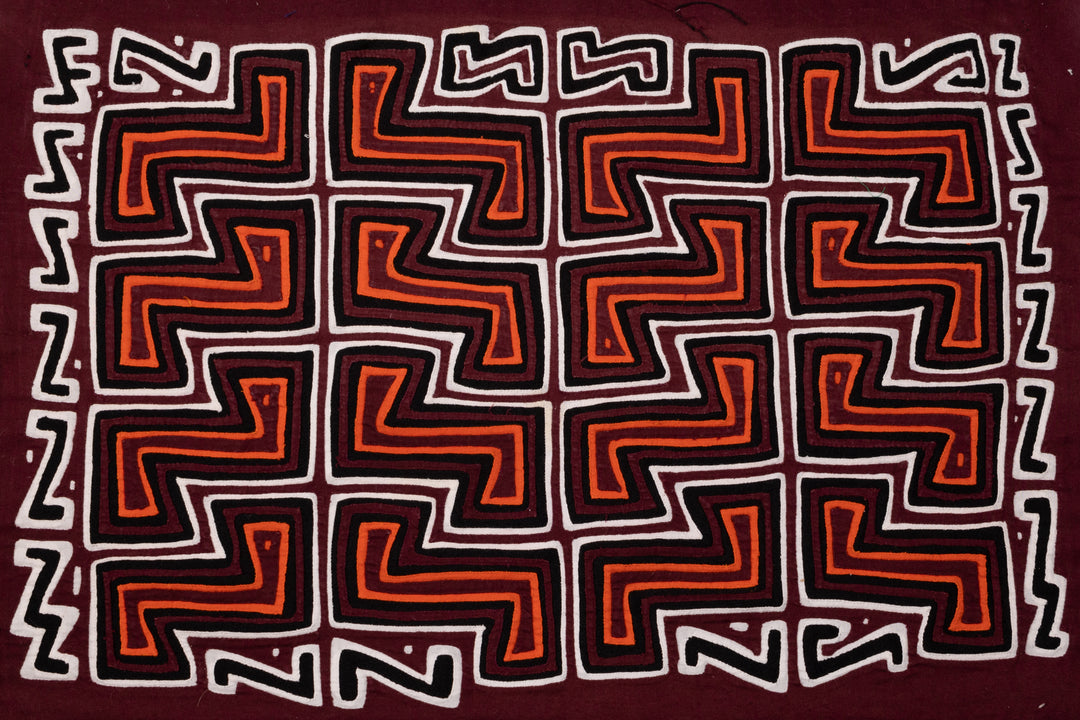
Geometric
Many molas feature intricate geometric patterns, such as squares,
triangles, diamonds, and zigzags. These designs often incorporate
multiple colors and may be symmetrical or asymmetrical.
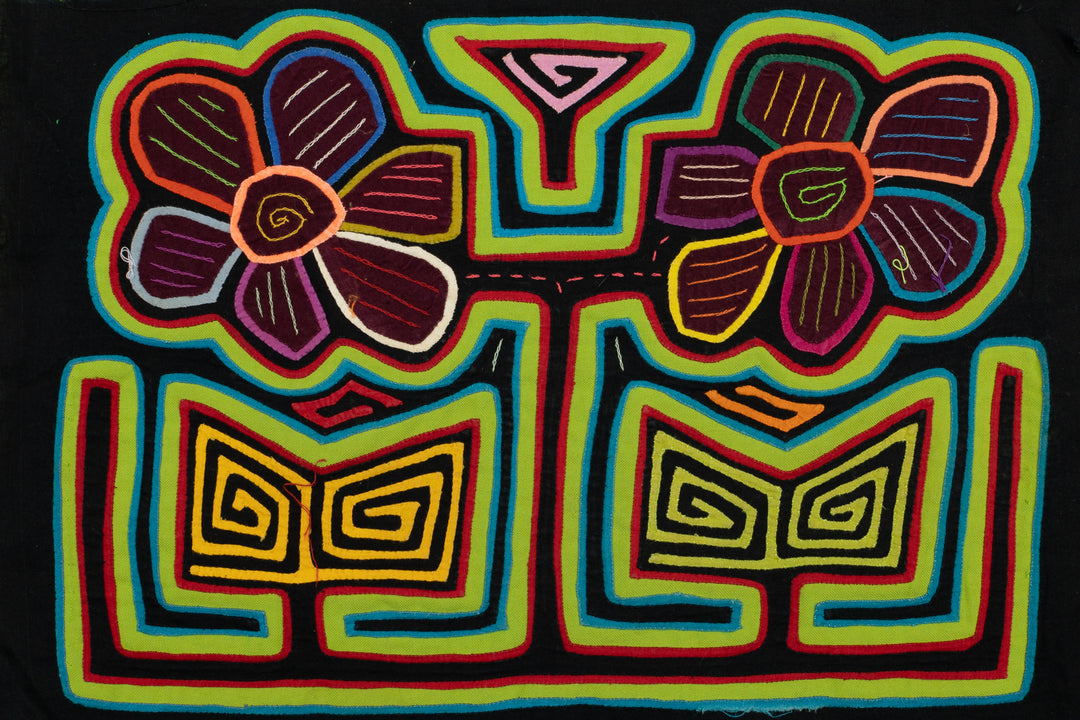
Floral
Molas may also feature floral designs, such as flowers, leaves, and
vines. These designs may be realistic or stylized and may incorporate
multiple colors.
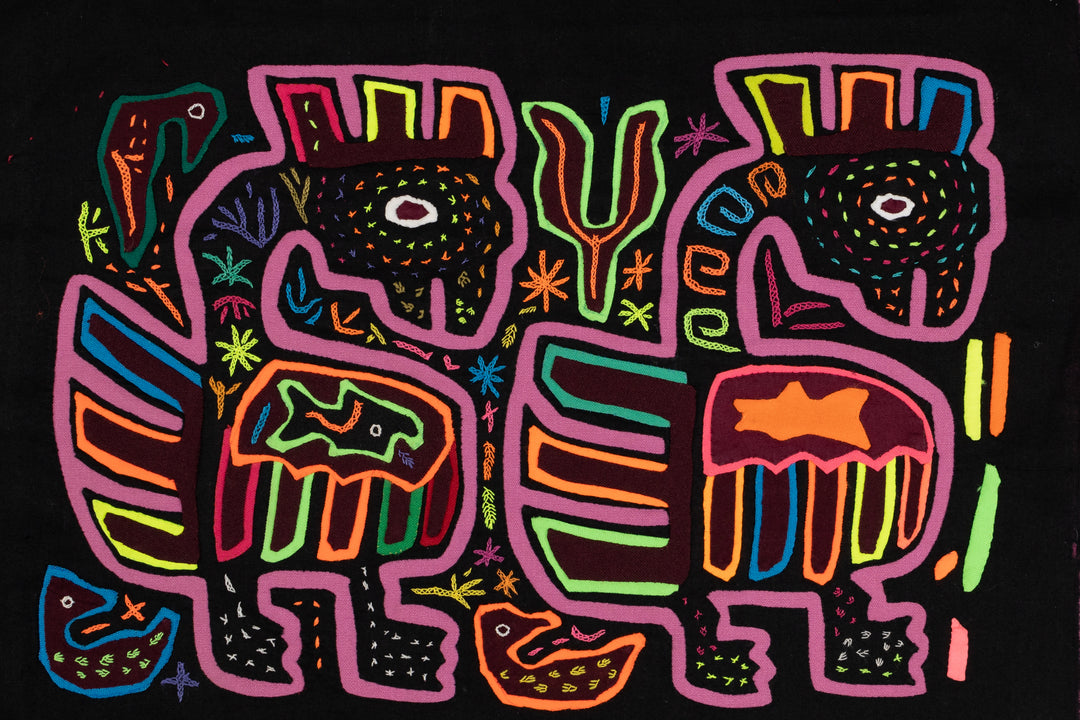
Mythical creatures
Some molas depict mythical creatures, such as dragons or mermaids. These
designs may be highly stylized and may incorporate multiple animals or
symbols.
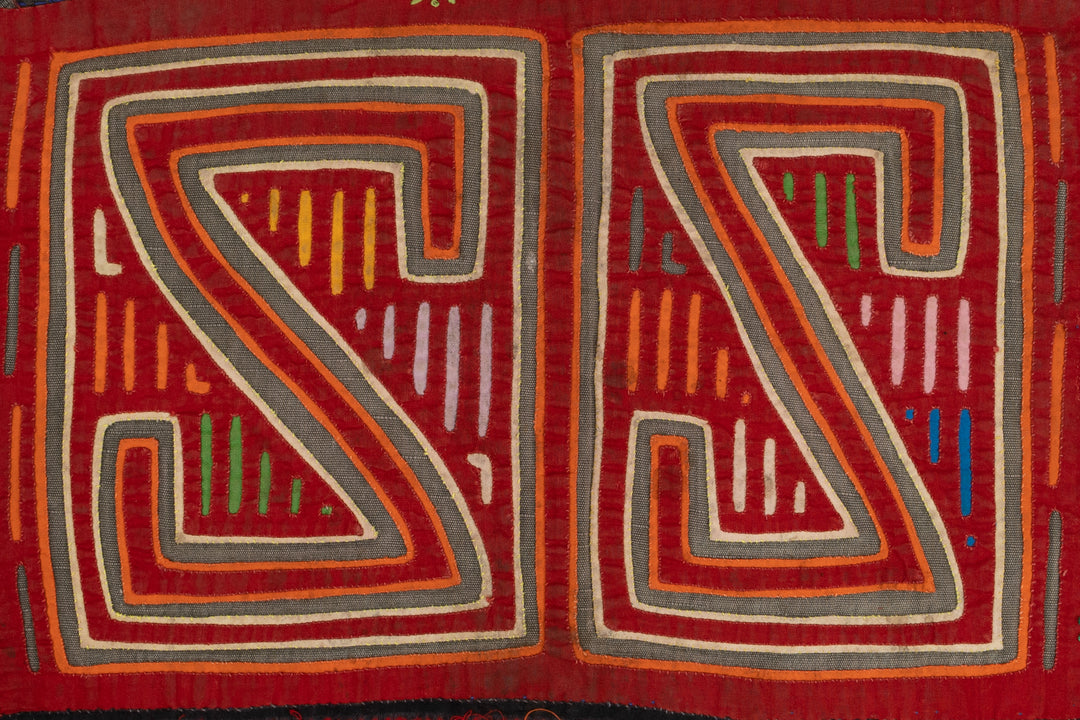
Cultural symbols
Molas may also incorporate cultural symbols, such as the Kuna flag or
traditional Kuna clothing. These designs may be highly symbolic and
meaningful to the Kuna people.
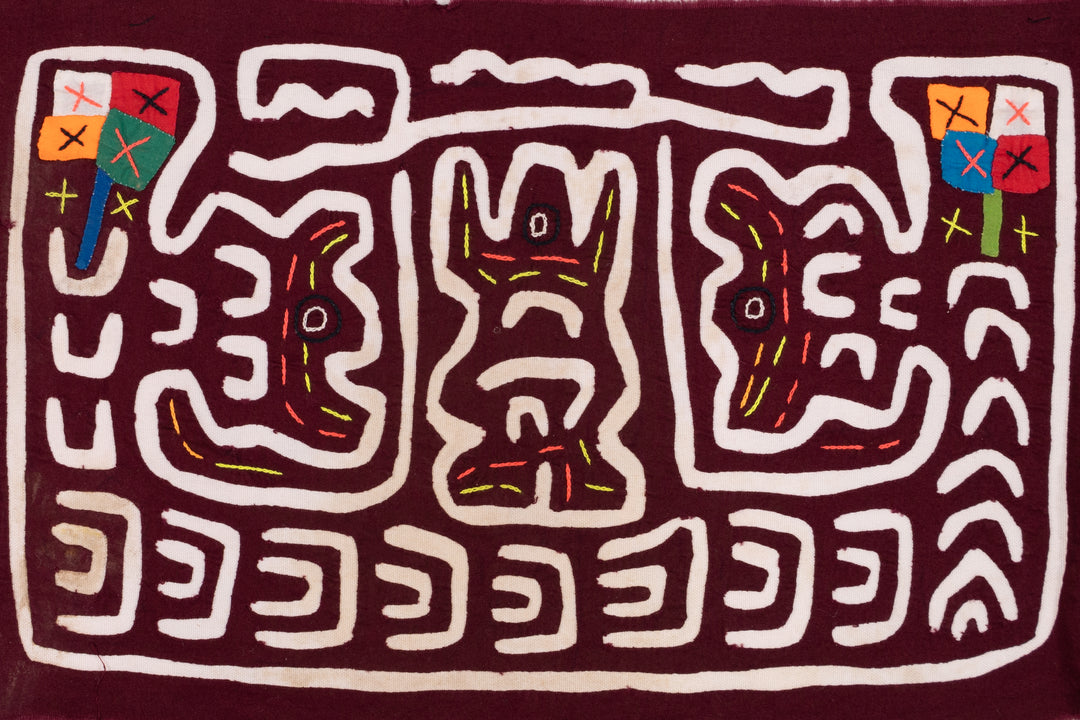
Landscapes
Some molas depict landscapes, such as mountains, rivers, or the ocean.
These designs may be highly detailed and may incorporate multiple colors
and textures.
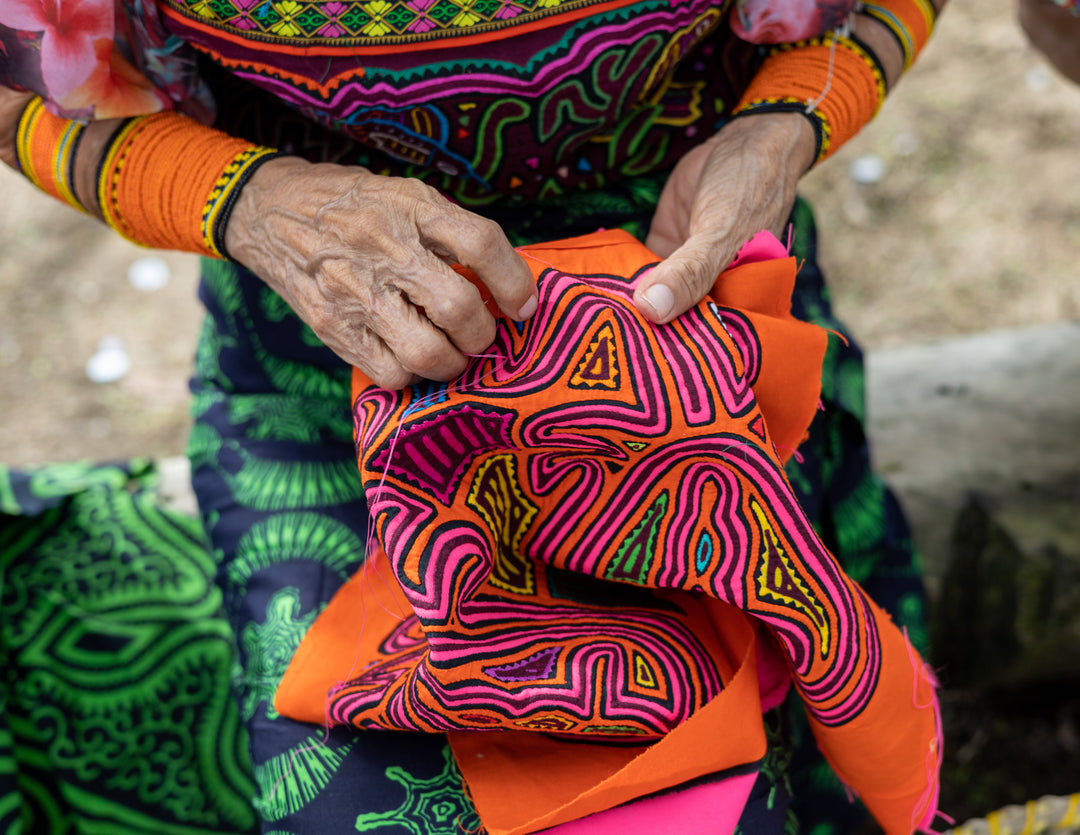
Cultural Meaning
represent artistic expression, identity, and heritage, often showcasing
traditional myths, stories, and elements of daily life. As an integral
part of Guna women's clothing, Molas embody their rich history,
traditions, and cultural pride.


